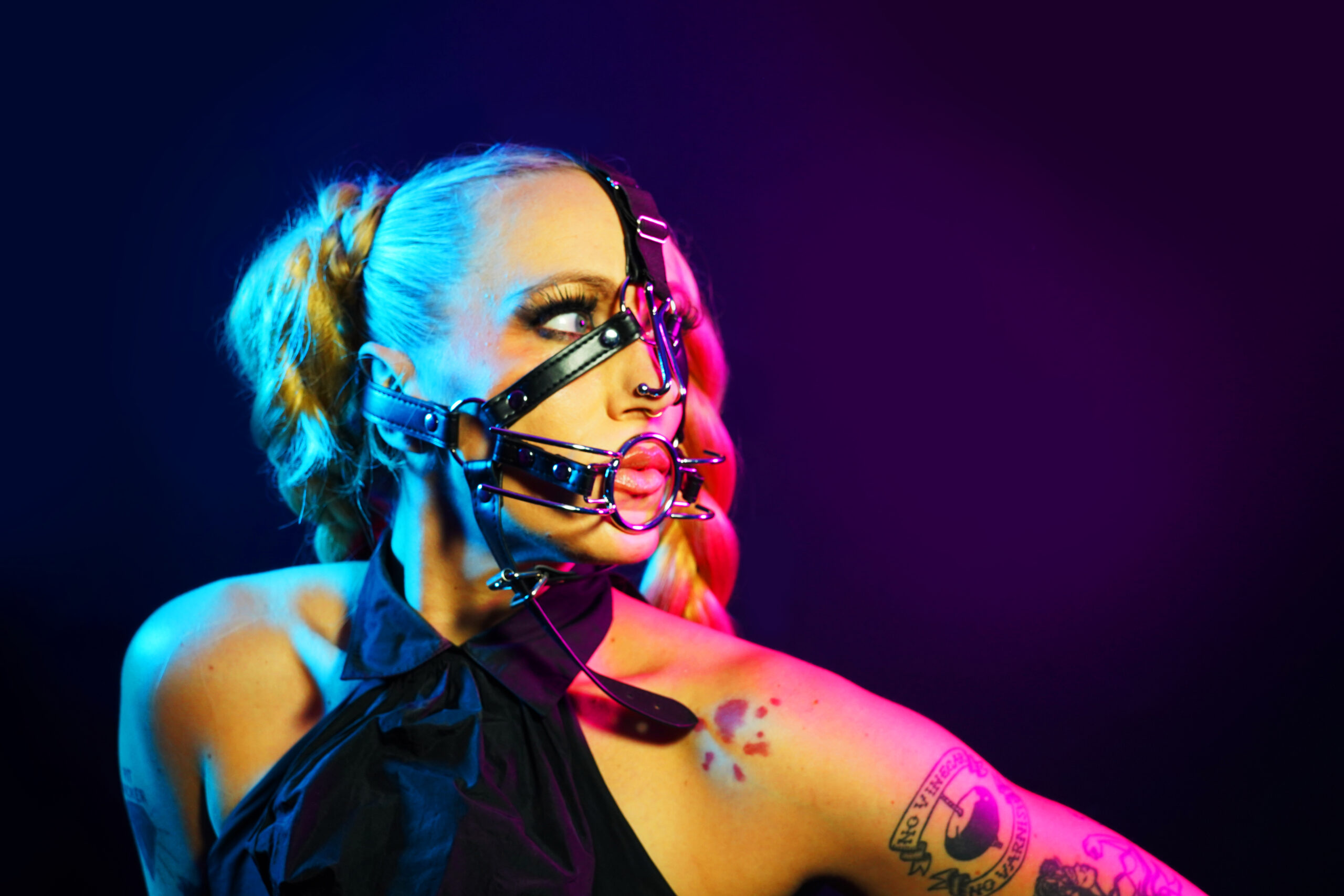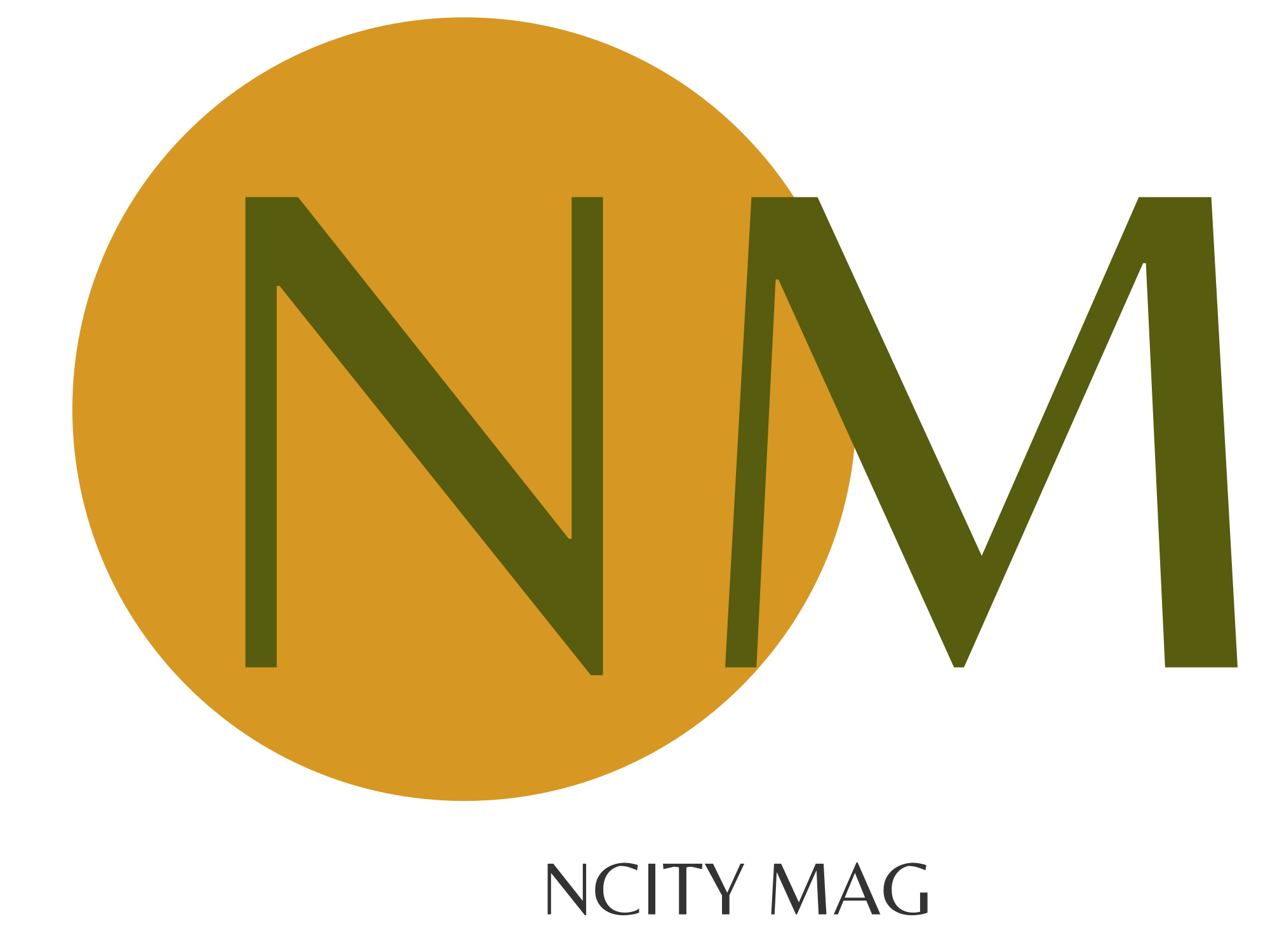Defining Pansexuality
Pansexuality, often described as attraction beyond traditional gender binaries, encompasses a spectrum of identities and experiences. At its core, pansexuality signifies an openness to forming romantic or sexual connections with individuals of any gender identity or expression. This understanding challenges rigid societal norms and embraces the fluidity of human connection, paving the way for more inclusive and equitable relationships.
Understanding the Spectrum
Beyond simply being attracted to all genders, pansexuality represents a rejection of limiting labels and an affirmation of the diversity of human experience. It recognizes that gender is not a binary but rather exists on a spectrum, with individuals identifying in ways that may not align with traditional categories.
Understanding this spectrum is crucial for fostering empathy and acceptance. Some pansexual individuals may be attracted to all genders equally, while others may find themselves more drawn to certain identities or expressions. It’s important to remember that each person’s experience is unique and should be respected as such.
By embracing pansexuality, we move towards a society that celebrates individual expression and recognizes the beauty of diverse relationships. This inclusivity fosters greater understanding, compassion, and ultimately, stronger connections between people.
Distinguishing from Bisexuality and Other Sexual Orientations
Pansexuality is an orientation characterized by romantic or sexual attraction to individuals regardless of their gender identity or expression. While often described as “attraction to all genders,” pansexuality encompasses a spectrum of experiences where attraction can vary in intensity across different identities.
A common point of confusion arises when distinguishing pansexuality from bisexuality. Both orientations involve attraction to more than one gender, but the core difference lies in how they conceptualize gender. Bisexual individuals are typically attracted to two genders (often men and women), while pansexual individuals are open to attraction across all genders, recognizing that gender is a spectrum rather than a binary.
Pansexuality also differs from other sexual orientations like lesbian, gay, or heterosexual, which involve attraction primarily within specific gender pairings. For instance, lesbian attraction is directed towards women, gay attraction is directed towards men, and heterosexual attraction is directed towards the opposite gender.
Representation and Visibility
Representation and visibility are crucial for fostering a society that embraces diversity and inclusivity. When marginalized identities like pansexuality are given space to be seen and heard, it sends a powerful message of acceptance and belonging.
The Importance of Media Representation
In the realm of media, representation matters profoundly. It shapes perceptions, influences attitudes, and can significantly impact the lives of individuals from underrepresented groups. When marginalized communities are visible in film, television, literature, and other forms of media, it sends a powerful message: they belong, their stories are valuable, and their experiences deserve to be heard.

For pansexual individuals, visibility is especially important. For years, pansexuality has been largely invisible in mainstream media. The lack of representation can contribute to feelings of isolation, invisibility, and shame. When pansexual characters are portrayed authentically and respectfully, it can empower individuals to embrace their identities with confidence and pride.
Furthermore, accurate and nuanced representations of pansexuality can challenge harmful stereotypes and misconceptions. By showcasing the diversity within the pansexual community—individuals from different backgrounds, ages, and walks of life—media can help dismantle binary thinking and foster a more inclusive understanding of gender and sexuality.
Role Models and Community Building
Representation and visibility are fundamental to fostering inclusivity and building strong communities. For marginalized groups, seeing themselves reflected in media, literature, and everyday life is essential for building self-esteem, combating feelings of isolation, and creating a sense of belonging.
- Role models play a crucial role in inspiring individuals from underrepresented communities. Seeing successful pansexual individuals in various fields—whether it’s entertainment, politics, science, or the arts—can provide valuable guidance, encouragement, and proof that it is possible to thrive while staying true to oneself.
- Community building is another vital aspect of creating a supportive environment for pansexual individuals. Having safe spaces where they can connect with others who share similar experiences fosters a sense of belonging, reduces feelings of loneliness, and provides opportunities for emotional support and shared learning.
The visibility of pansexuality in media and popular culture is not just about representation; it’s about challenging societal norms and promoting understanding. By showcasing the richness and diversity within the pansexual community, we can pave the way for a more inclusive and equitable society where everyone feels seen, valued, and empowered.
Challenges Faced by Pansexual Individuals
Pansexual individuals often face unique challenges in navigating a world that frequently operates on binary notions of gender and sexuality. Societal expectations and misconceptions can lead to a lack of understanding, prejudice, and discrimination.
Discrimination and Misconceptions
One significant challenge is the prevalence of misconceptions surrounding pansexuality. Many people mistakenly believe it means being attracted to “everyone,” which can lead to misunderstandings about the nature and depth of attraction experienced by pansexual individuals. This lack of understanding can result in prejudiced attitudes and harmful stereotypes.
Another challenge stems from the pressure to conform to societal norms surrounding gender and sexuality. Pansexual individuals may face criticism or rejection from family, sexy bet ideas friends, or their communities for not adhering to traditional expectations. This societal pressure can create internal conflict and emotional distress.
Discrimination against pansexual individuals can manifest in various forms, including verbal harassment, social exclusion, and even violence. They may encounter prejudice in workplaces, schools, or healthcare settings, which can have a significant impact on their well-being and opportunities.
Furthermore, the lack of legal protections for pansexual individuals in some areas can leave them vulnerable to discrimination and exploitation. The absence of anti-discrimination laws based on sexual orientation can exacerbate existing inequalities and create an environment where they feel unsafe and marginalized.
Internalized Homophobia and Bi Erasure
Pansexual individuals often face internalized homophobia, a form of self-hatred stemming from societal conditioning that equates non-heteronormative identities with negativity. This internalized bias can manifest as shame, anxiety, or self-doubt, leading to difficulties in accepting and embracing their pansexual identity.
Bi erasure refers to the persistent invisibility and disregard of bisexual individuals and their experiences. This phenomenon extends to pansexual individuals as well, as societal narratives often conflate bisexuality with heterosexuality or homosexuality, failing to acknowledge the distinct identity and lived experiences of pansexual people.
Creating Inclusive Relationships
Creating inclusive relationships is essential for building a society that values diversity and respects individual identities. Pansexuality, an orientation characterized by attraction to individuals regardless of their gender identity or expression, plays a crucial role in fostering this inclusivity.
Communicating Openly and Honestly

Open and honest communication is the bedrock of any healthy relationship, and this principle holds especially true within pansexual relationships. Because societal norms often frame relationships around binary genders, it’s important for pansexual couples to communicate openly about their experiences, desires, and boundaries.
This involves creating a safe space where both partners feel comfortable expressing themselves without fear of judgment or misunderstanding. It requires active listening, empathy, and a willingness to learn about each other’s perspectives.
For example, discussing relationship dynamics and expectations is crucial. Pansexual individuals may have diverse experiences with attraction, relationships, and gender expression, so it’s essential to establish clear understandings regarding monogamy, polyamory, or other relationship structures that align with both partners’ needs and desires.
Honesty also extends to addressing potential challenges stemming from societal biases. Partners may encounter prejudice or misinformation about pansexuality, and it’s important to navigate these situations together, offering support and educating those who are uninformed.
Creating inclusive relationships involves actively challenging societal norms and embracing the diversity of human experience. It requires a commitment to understanding, acceptance, and celebrating each other’s identities and expressions.
Respecting Individuality and Boundaries
Pansexuality, often described as attraction beyond traditional gender binaries, encompasses a spectrum of identities and experiences. At its core, pansexuality signifies an openness to forming romantic or sexual connections with individuals of any gender identity or expression. This understanding challenges rigid societal norms and embraces the fluidity of human connection, paving the way for more inclusive and equitable relationships.
Beyond simply being attracted to all genders, pansexuality represents a rejection of limiting labels and an affirmation of the diversity of human experience. It recognizes that gender is not a binary but rather exists on a spectrum, with individuals identifying in ways that may not align with traditional categories.
Understanding this spectrum is crucial for fostering empathy and acceptance. Some pansexual individuals may be attracted to all genders equally, while others may find themselves more drawn to certain identities or expressions. It’s important to remember that each person’s experience is unique and should be respected as such.
By embracing pansexuality, we move towards a society that celebrates individual expression and recognizes the beauty of diverse relationships. This inclusivity fosters greater understanding, compassion, and ultimately, stronger connections between people.
Pansexuality is an orientation characterized by romantic or sexual attraction to individuals regardless of their gender identity or expression. While often described as “attraction to all genders,” pansexuality encompasses a spectrum of experiences where attraction can vary in intensity across different identities.
A common point of confusion arises when distinguishing pansexuality from bisexuality. Both orientations involve attraction to more than one gender, but the core difference lies in how they conceptualize gender. Bisexual individuals are typically attracted to two genders (often men and women), while pansexual individuals are open to attraction across all genders, recognizing that gender is a spectrum rather than a binary.
Pansexuality also differs from other sexual orientations like lesbian, gay, or heterosexual, which involve attraction primarily within specific gender pairings. For instance, lesbian attraction is directed towards women, gay attraction is directed towards men, and heterosexual attraction is directed towards the opposite gender.
Representation and visibility are crucial for fostering a society that embraces diversity and inclusivity. When marginalized identities like pansexuality are given space to be seen and heard, it sends a powerful message of acceptance and belonging.
In the realm of media, representation matters profoundly. It shapes perceptions, influences attitudes, and can significantly impact the lives of individuals from underrepresented groups. When marginalized communities are visible in film, television, literature, and other forms of media, it sends a powerful message: they belong, their stories are valuable, and their experiences deserve to be heard.
For pansexual individuals, visibility is especially important. For years, pansexuality has been largely invisible in mainstream media. The lack of representation can contribute to feelings of isolation, invisibility, and shame. When pansexual characters are portrayed authentically and respectfully, it can empower individuals to embrace their identities with confidence and pride.
Furthermore, accurate and nuanced representations of pansexuality can challenge harmful stereotypes and misconceptions. By showcasing the diversity within the pansexual community—individuals from different backgrounds, ages, and walks of life—media can help dismantle binary thinking and foster a more inclusive understanding of gender and sexuality.
Representation and visibility are fundamental to fostering inclusivity and building strong communities. For marginalized groups, seeing themselves reflected in media, literature, and everyday life is essential for building self-esteem, combating feelings of isolation, and creating a sense of belonging.
- Role models play a crucial role in inspiring individuals from underrepresented communities. Seeing successful pansexual individuals in various fields—whether it’s entertainment, politics, science, or the arts—can provide valuable guidance, encouragement, and proof that it is possible to thrive while staying true to oneself.
- Community building is another vital aspect of creating a supportive environment for pansexual individuals. Having safe spaces where they can connect with others who share similar experiences fosters a sense of belonging, reduces feelings of loneliness, and provides opportunities for emotional support and shared learning.
The visibility of pansexuality in media and popular culture is not just about representation; it’s about challenging societal norms and promoting understanding. By showcasing the richness and diversity within the pansexual community, we can pave the way for a more inclusive and equitable society where everyone feels seen, valued, and empowered.
Pansexual individuals often face unique challenges in navigating a world that frequently operates on binary notions of gender and sexuality. Societal expectations and misconceptions can lead to a lack of understanding, prejudice, and discrimination.
One significant challenge is the prevalence of misconceptions surrounding pansexuality. Many people mistakenly believe it means being attracted to “everyone,” which can lead to misunderstandings about the nature and depth of attraction experienced by pansexual individuals. This lack of understanding can result in prejudiced attitudes and harmful stereotypes.
Another challenge stems from the pressure to conform to societal norms surrounding gender and sexuality. Pansexual individuals may face criticism or rejection from family, friends, or their communities for not adhering to traditional expectations. This societal pressure can create internal conflict and emotional distress.
Discrimination against pansexual individuals can manifest in various forms, including verbal harassment, social exclusion, and even violence. They may encounter prejudice in workplaces, schools, or healthcare settings, which can have a significant impact on their well-being and opportunities.
Furthermore, the lack of legal protections for pansexual individuals in some areas can leave them vulnerable to discrimination and exploitation. The absence of anti-discrimination laws based on sexual orientation can exacerbate existing inequalities and create an environment where they feel unsafe and marginalized.
Pansexual individuals often face internalized homophobia, a form of self-hatred stemming from societal conditioning that equates non-heteronormative identities with negativity. This internalized bias can manifest as shame, anxiety, or self-doubt, leading to difficulties in accepting and embracing their pansexual identity.
Bi erasure refers to the persistent invisibility and disregard of bisexual individuals and their experiences. This phenomenon extends to pansexual individuals as well, as societal narratives often conflate bisexuality with heterosexuality or homosexuality, failing to acknowledge the distinct identity and lived experiences of pansexual people.
Creating inclusive relationships is essential for building a society that values diversity and respects individual identities. Pansexuality, an orientation characterized by attraction to individuals regardless of their gender identity or expression, plays a crucial role in fostering this inclusivity.
Open and honest communication is the bedrock of any healthy relationship, and this principle holds especially true within pansexual relationships. Because societal norms often frame relationships around binary genders, it’s important for pansexual couples to communicate openly about their experiences, desires, and boundaries.
This involves creating a safe space where both partners feel comfortable expressing themselves without fear of judgment or misunderstanding. It requires active listening, empathy, and a willingness to learn about each other’s perspectives.
For example, discussing relationship dynamics and expectations is crucial. Pansexual individuals may have diverse experiences with attraction, relationships, and gender expression, so it’s essential to establish clear understandings regarding monogamy, polyamory, or other relationship structures that align with both partners’ needs and desires.
Honesty also extends to addressing potential challenges stemming from societal biases. Partners may encounter prejudice or misinformation about pansexuality, and it’s important to navigate these situations together, offering support and educating those who are uninformed.

Creating inclusive relationships involves actively challenging societal norms and embracing the diversity of human experience. It requires a commitment to understanding, acceptance, and celebrating each other’s identities and expressions.
Educating Yourself and Others
It is crucial to educate oneself and others about pansexuality to foster greater understanding and inclusivity. Here are some key points to consider:
* **Understanding Pansexuality:** Begin by educating yourself about what pansexuality means. It involves attraction to people regardless of their gender identity or expression. Emphasize that it’s not simply “attraction to everyone” but a recognition of the diversity of genders and identities.
* **Challenging Misconceptions:** Address common misconceptions about pansexuality, such as the idea that it means being attracted to all genders equally or that it’s synonymous with bisexuality. Explain the nuances and distinctions between these orientations.
* **Promoting Respectful Language:** Use respectful language when discussing pansexual individuals and their experiences. Avoid using terms that are outdated, offensive, or perpetuate stereotypes.
* **Creating Inclusive Spaces:** Encourage open conversations about gender identity and sexuality in your personal and professional circles. Create safe spaces where people feel comfortable sharing their experiences and perspectives without fear of judgment.
* **Supporting Visibility:** Advocate for greater representation of pansexual individuals in media, literature, and other forms of popular culture. This visibility helps normalize the experience of pansexuality and fosters a more inclusive society.
* **Educating Against Prejudice:** Speak out against prejudice and discrimination faced by pansexual individuals. Challenge harmful stereotypes and misinformation whenever you encounter them.
The Future of Pansexuality Advocacy
The future of pansexuality advocacy lies in amplifying visibility, challenging societal norms, and fostering a culture of inclusivity. By continuing to educate ourselves and others about pansexuality, we can create a world where pansexual individuals feel seen, heard, and celebrated for who they are.
This involves multifaceted efforts: promoting representation in media and popular culture to challenge stereotypes and broaden understanding; advocating for legal protections and policies that ensure equal rights and opportunities for all individuals, regardless of their sexual orientation; and nurturing supportive communities where pansexual people feel a sense of belonging and acceptance.
Moreover, it’s essential to center the voices and experiences of pansexual individuals in the advocacy process. Amplifying their stories, perspectives, and lived realities is crucial for creating authentic and impactful change.
Expanding Educational Resources
Promoting Legal Protections and Equality
One significant challenge facing pansexuality advocacy is the persistent lack of awareness surrounding the orientation. Many people still hold misconceptions about what it means to be pansexual, leading to misunderstandings, prejudice, and discrimination. Addressing this knowledge gap through education and open dialogue is crucial for fostering greater understanding and acceptance.
Another obstacle is the prevalence of discriminatory laws and policies that fail to protect pansexual individuals from harassment, violence, or unfair treatment. Advocating for legal protections, such as anti-discrimination legislation that explicitly includes sexual orientation, is essential for ensuring equal rights and opportunities for all.
Furthermore, it is vital to challenge the harmful societal norms that perpetuate binary thinking around gender and sexuality. This involves dismantling stereotypes, promoting inclusivity, and encouraging open conversations about gender identity and expression.
Promoting pansexuality advocacy requires a multi-pronged approach:
Education:** Raising awareness about pansexuality through educational programs, workshops, and public campaigns can help dispel myths and promote understanding. This includes providing accurate information about the orientation, its history, and the experiences of pansexual individuals.
Representation: Ensuring that pansexual people are visible and represented in media, literature, and popular culture is crucial for normalizing their experiences and challenging stereotypes. This representation should be diverse and authentic, reflecting the full spectrum of identities within the pansexual community.
Legal Protections: Advocating for legal protections that prohibit discrimination based on sexual orientation, including pansexuality, is essential for safeguarding the rights and well-being of individuals. This involves supporting legislation that guarantees equal access to housing, employment, healthcare, and other services.
Community Building: Creating safe and inclusive spaces where pansexual individuals can connect with others who share similar experiences is crucial for fostering a sense of belonging and support. This can include organizing community events, forming support groups, or developing online platforms for connection.
Allyship: Encouraging allies to speak out against prejudice and discrimination faced by pansexual individuals is essential for creating a more inclusive society. Allies can play a crucial role in amplifying pansexual voices, challenging harmful stereotypes, and advocating for their rights.
Ultimately, the future of pansexuality advocacy relies on collective action, commitment to inclusivity, and a shared vision of a world where everyone feels safe, respected, and empowered to live authentically.
Encouraging Continued Dialogue and Understanding
Read to discover the full story
Explore every detail included
- How Sculptra Can Reverse The Signs Of Aging In Surrey - September 1, 2025
- How Much Does 05ml Of Lip Filler Cost - August 24, 2025
- How Long Until Swelling Goes Down After Lip Filler - August 21, 2025
